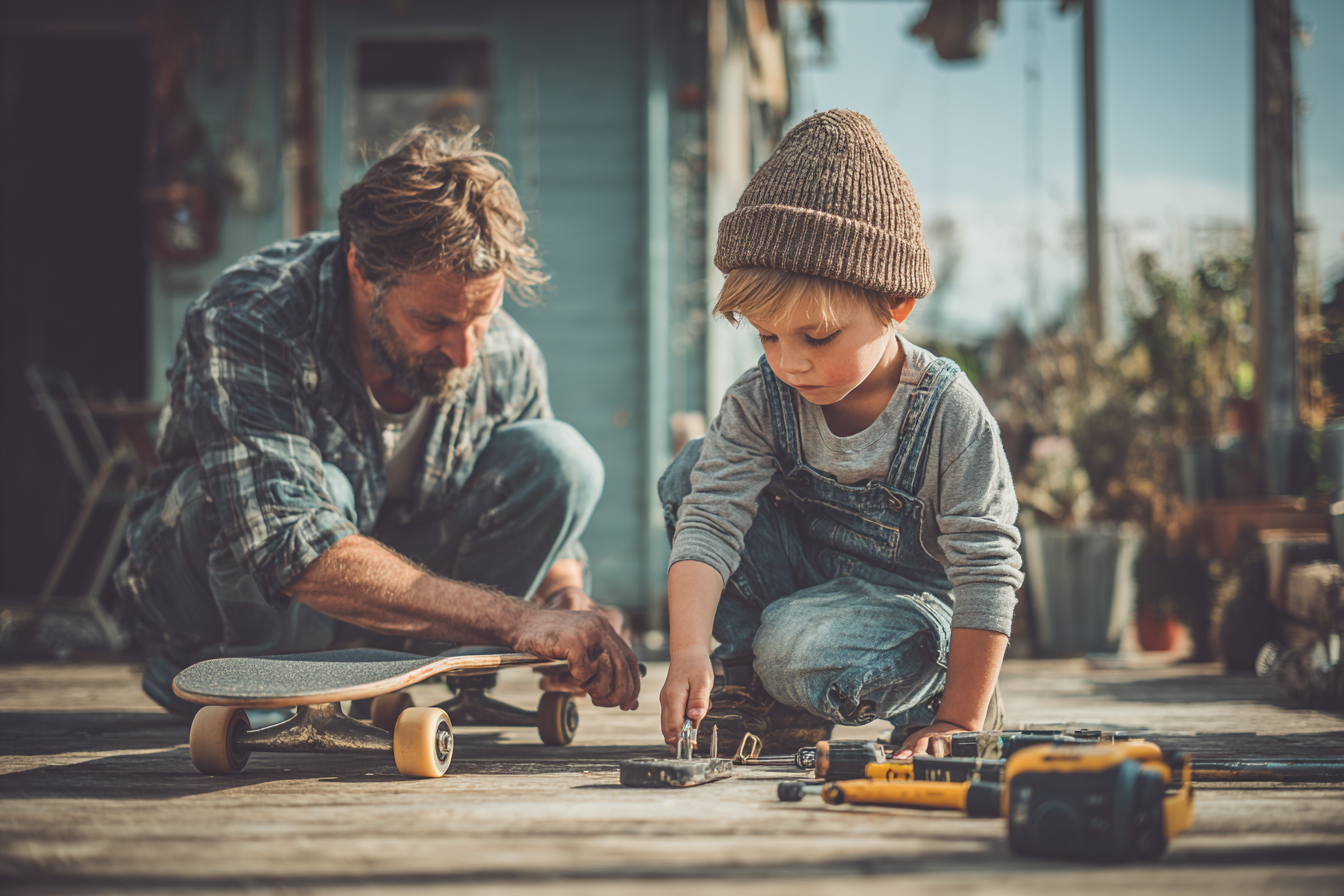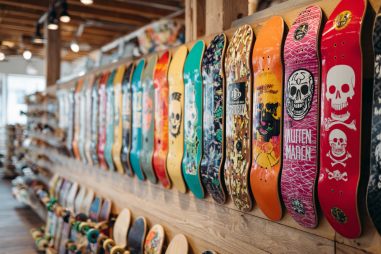Skateboarding is an exciting and adventurous sport for kids that helps develop balance, coordination, and confidence. However, ensuring that skateboarding gear is safe and well maintained is essential to keep the fun going and avoid injuries. Proper care of skateboards and protective equipment not only extends the life of the gear but also enhances performance and safety. Whether you’re a parent new to skateboarding or a young skater eager to learn, understanding gear maintenance can make all the difference.
Why Gear Maintenance Matters
Maintaining skateboarding gear is about more than just keeping equipment looking nice—it’s a critical safety measure. Skateboards face a lot of wear and tear, from rough surfaces to impacts during tricks. Similarly, helmets and pads protect your child from injuries, but only if they are in good condition. Using poorly maintained or damaged gear can increase the risk of accidents or make minor falls more harmful.
Additionally, a well-maintained skateboard performs better. Wheels roll smoothly, trucks turn responsively, and the deck provides stable footing. When kids notice their equipment working properly, they gain more confidence and enjoy skateboarding even more.
Cleaning and Inspecting Skateboards Regularly
Routine cleaning and inspection are the first steps in keeping skateboards in tip-top shape. Dirt, dust, and grime can accumulate on the deck, wheels, and trucks, interfering with performance. Here’s a simple cleaning process:
- Wipe down the deck with a damp cloth to remove dirt and sweat.
- Use a soft brush to clean the grip tape, removing debris trapped in the rough surface.
- Clean the wheels by removing them and wiping away dirt or grime.
- Check the bearings for dirt and lubricate them if necessary.
After cleaning, inspect the skateboard carefully:
- Look for cracks or chips in the deck, which can compromise strength.
- Check the grip tape for wear; replace if it’s peeling or losing grip.
- Examine wheels for flat spots or excessive wear.
- Inspect trucks for any bending or cracks.
Regular inspection helps catch problems early before they affect safety.
Tightening and Adjusting Trucks and Wheels
Adjusting the skateboard trucks and wheels affects how the board rides and turns. Trucks that are too loose can feel wobbly, while overly tight trucks make turning difficult.
Parents can help kids find the right balance by learning how to tighten or loosen the kingpin nut on the trucks with a skate tool or wrench. Checking wheel nuts is also essential—they should be snug but allow the wheels to spin freely. Loose nuts can cause wheels to fall off or wobble unexpectedly.
It’s a good idea to periodically check truck bolts and wheel nuts since vibration from riding can cause them to loosen over time. Teaching kids to check these parts before each session can prevent unexpected problems.
Caring for Protective Gear: Helmets and Pads
Protective gear is as important as the skateboard itself and requires proper care to maintain its safety features. Helmets, knee pads, elbow pads, and wrist guards should be cleaned and inspected regularly.
- Clean helmets with mild soap and water; avoid harsh chemicals that can degrade materials.
- Make sure the helmet’s straps and buckles are in good working order, with no frays or damage.
- Wash pads and guards according to manufacturer instructions, usually by hand or on a gentle cycle.
- Check padding for compression or tears; worn padding may not protect as well.
If any gear has been involved in a significant impact, especially helmets, it should be replaced immediately, even if no visible damage is apparent.
Tools Every Skate Parent Should Have
Having the right tools on hand makes gear maintenance easier and encourages kids to take responsibility for their equipment. Here are a few essentials:
- Skate tool: A multi-purpose tool designed for skateboard nuts and bolts, including the kingpin, axle nuts, and hardware.
- Screwdrivers: Phillips and flat-head screwdrivers can be useful for adjusting or replacing hardware.
- Lubricant: Bearing lubricant helps keep wheels spinning smoothly.
- Soft brushes: For cleaning grip tape and wheels.
- Rags or microfiber cloths: For wiping down the board and gear.
Having designated skate gear tools teaches kids that maintenance is a regular part of the skateboarding routine.
When to Replace Worn-Out Gear
Even with proper care, skateboarding gear won’t last forever. Knowing when to replace equipment is vital to keep your child safe.
- Decks: Replace if they have deep cracks, large chips, or delamination (layers coming apart).
- Wheels: Swap out if they have flat spots, uneven wear, or cracks.
- Bearings: Replace if they become noisy, rough, or don’t spin smoothly after cleaning.
- Protective gear: Helmets should be replaced every few years or right after an impact. Pads and guards should be replaced if straps are broken or padding is compressed.
Regularly reviewing gear condition and erring on the side of caution ensures kids are always protected.
Teaching Kids Responsibility for Their Equipment
One of the great benefits of skateboarding is encouraging kids to take responsibility for their gear. Involving children in maintenance tasks helps them develop good habits early.
Start by showing them how to clean their board and pads after play. You can make it a fun ritual—like a “gear check” before and after skating sessions. Encourage them to look for loose bolts or damaged pads and to speak up if they notice anything unusual.
By fostering pride in their equipment and the habit of care, you’re teaching valuable life skills alongside the thrill of skateboarding.
Troubleshooting Common Gear Issues
Parents and young skaters often face typical issues with gear. Here are some quick fixes and tips:
- Squeaky wheels or trucks: Clean and lubricate bearings. Tighten or loosen trucks as needed.
- Loose grip tape: Replace or reapply grip tape to keep traction safe.
- Straps on pads or helmets broken: Use Velcro replacements or consider a new set if repair is not possible.
- Skateboard deck becomes slippery: Clean grip tape with a stiff brush and avoid oily substances.
Most issues can be addressed at home with simple tools and some attention.
Extending Gear Lifespan Through Care
Proper maintenance is the best way to ensure skateboarding remains a safe and enjoyable activity for kids. By regularly cleaning, inspecting, and adjusting the skateboard and protective gear, parents and skaters can extend the lifespan of their equipment and reduce the risk of injury.
Remember, regular care also teaches children responsibility, boosts their confidence in their equipment, and helps them enjoy the sport to the fullest. With these easy maintenance tips, skateboarding can be a safe, fun, and rewarding experience for every young rider.







